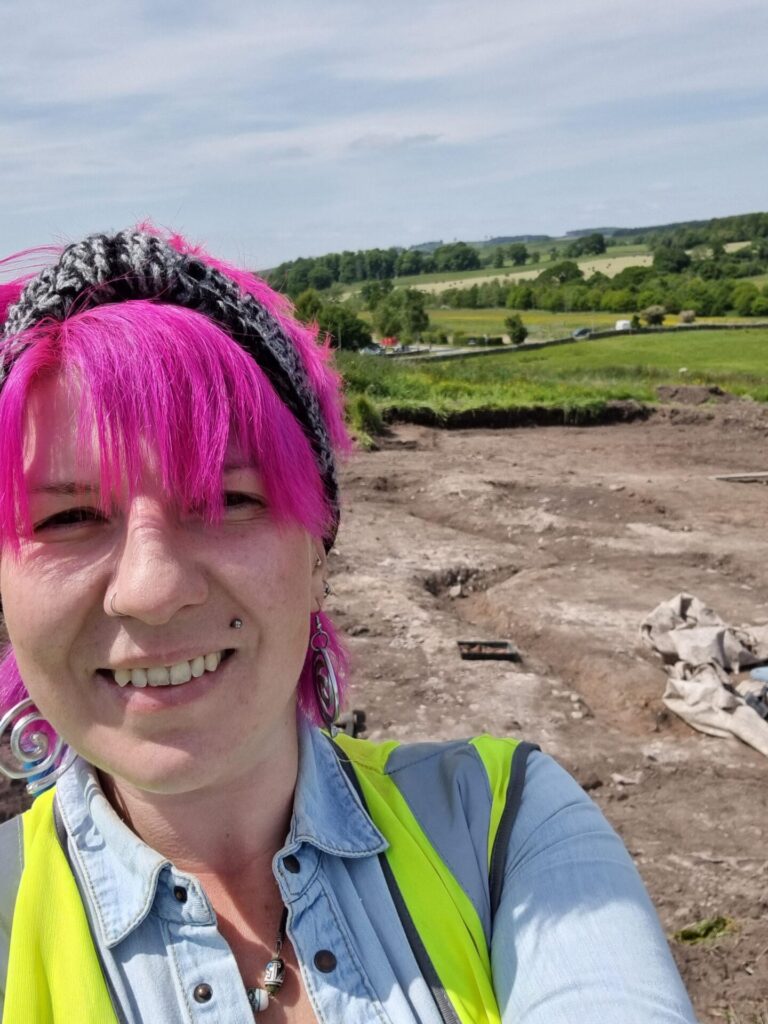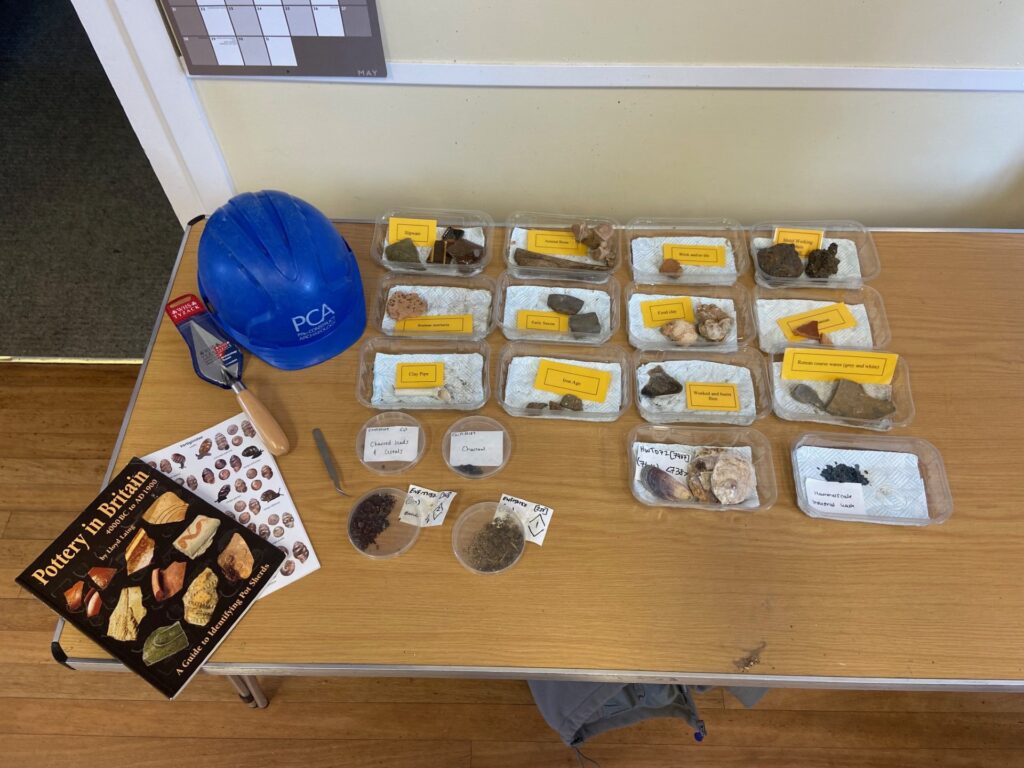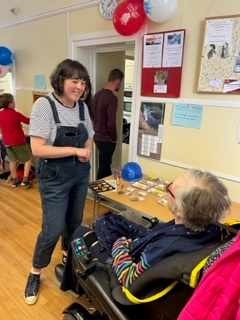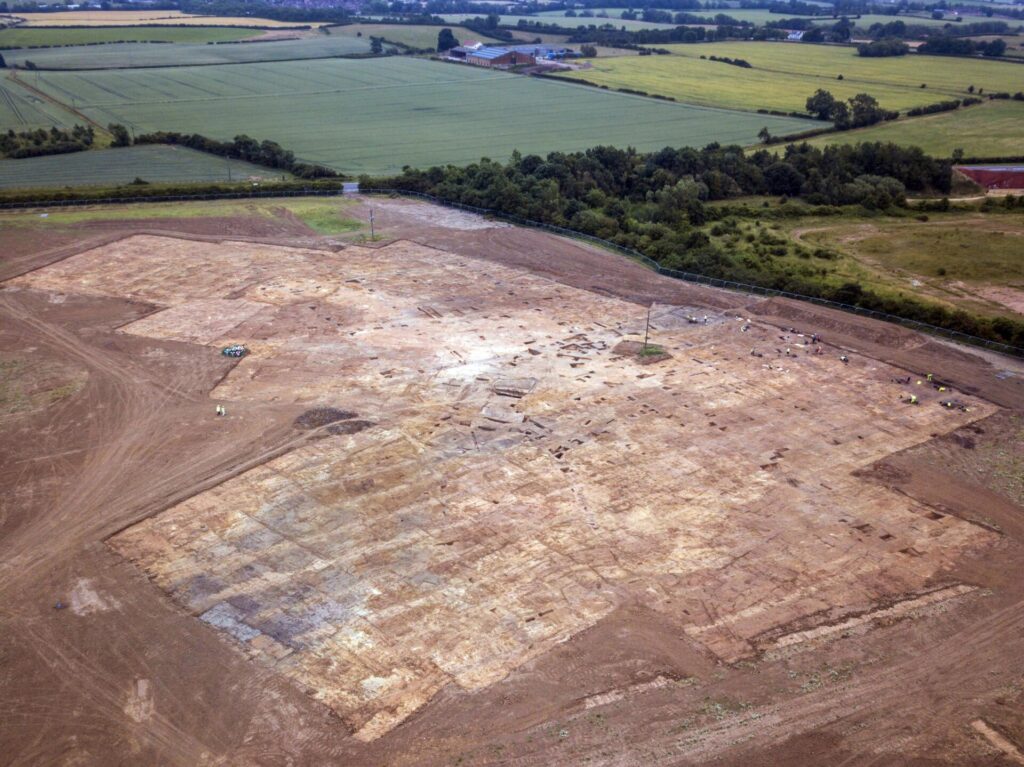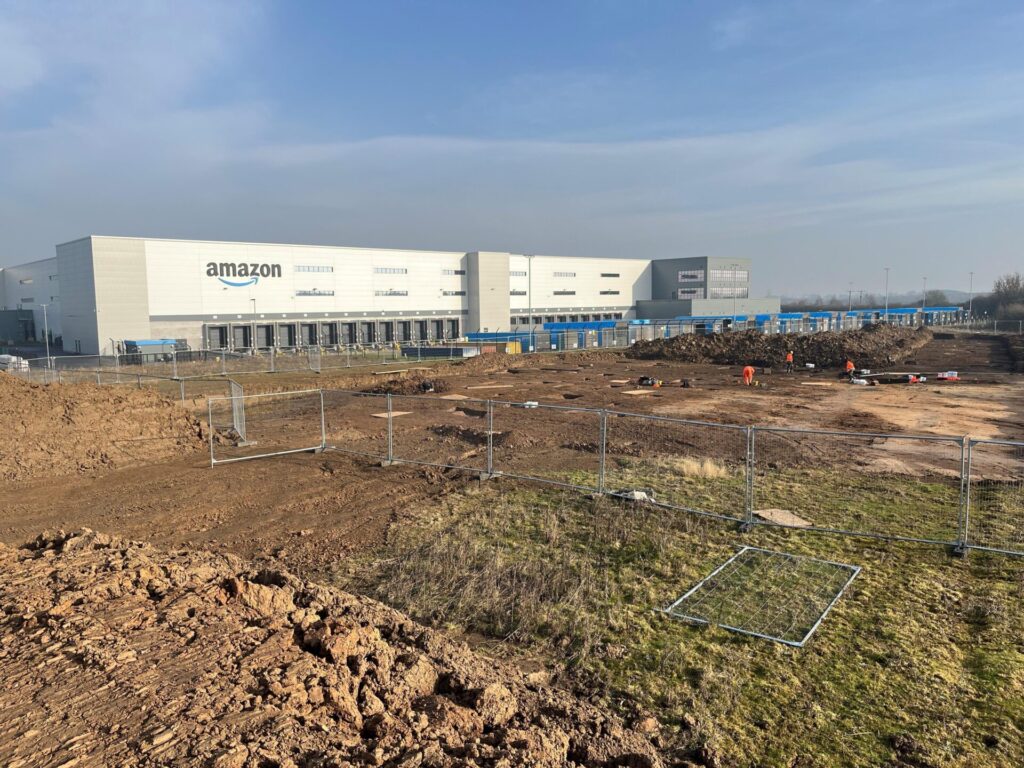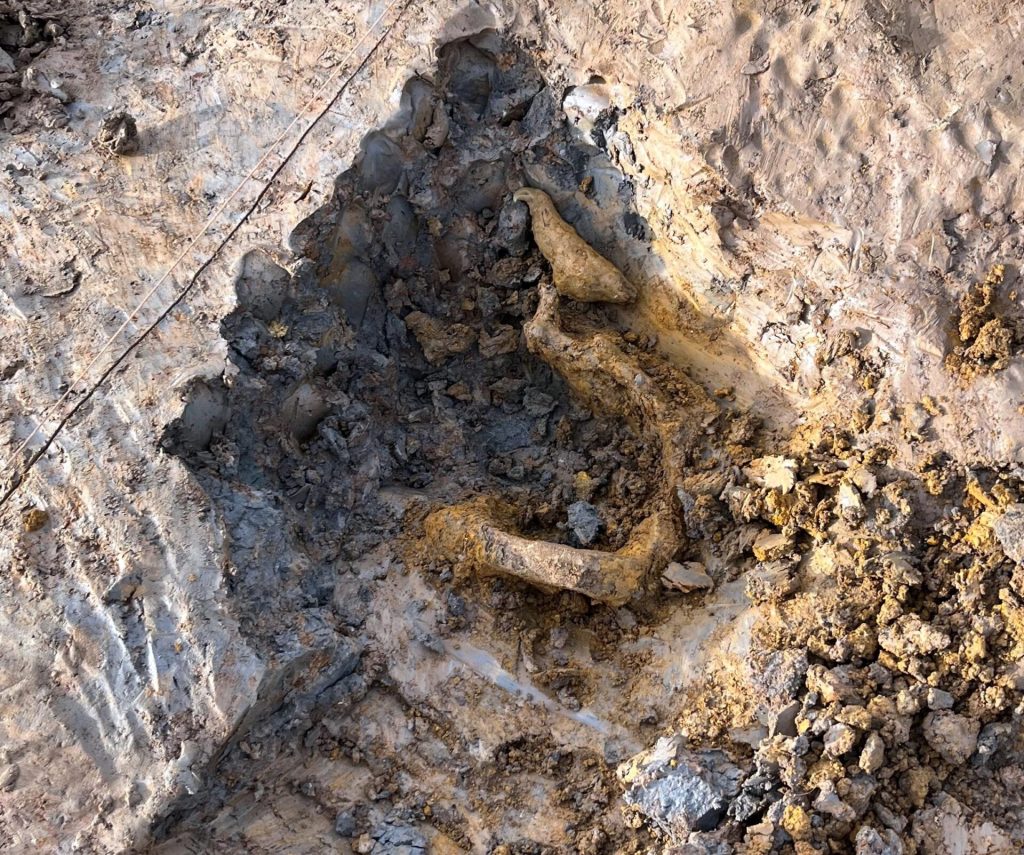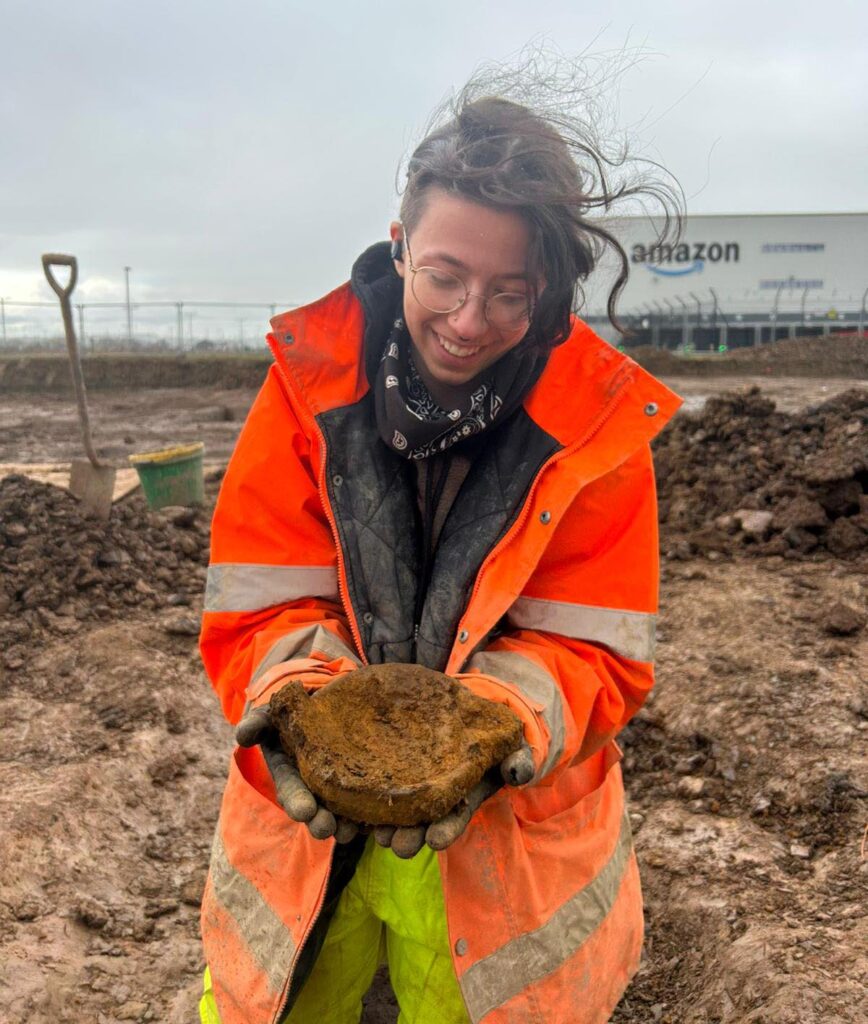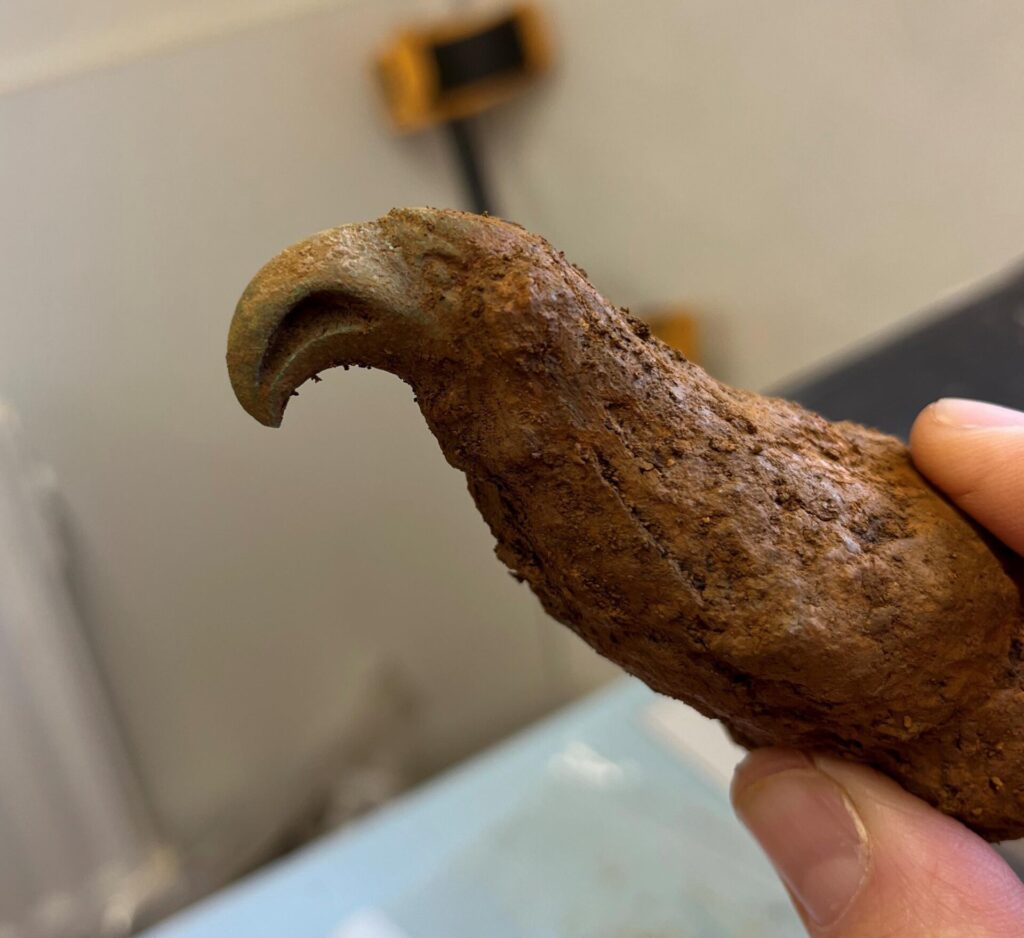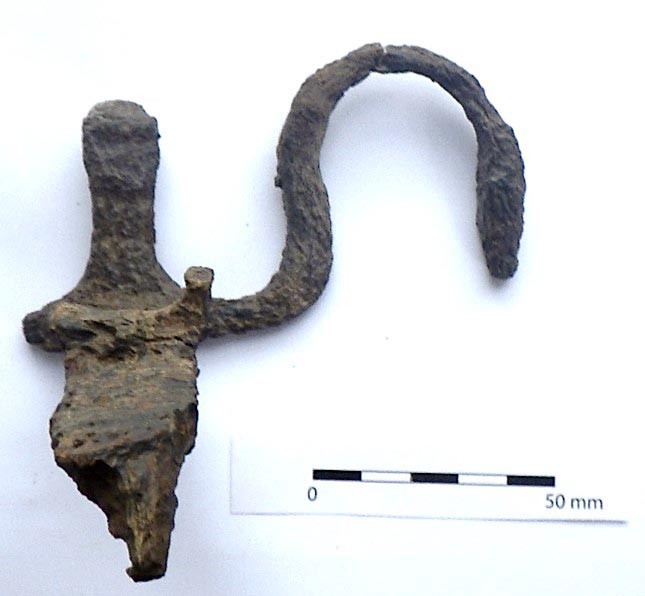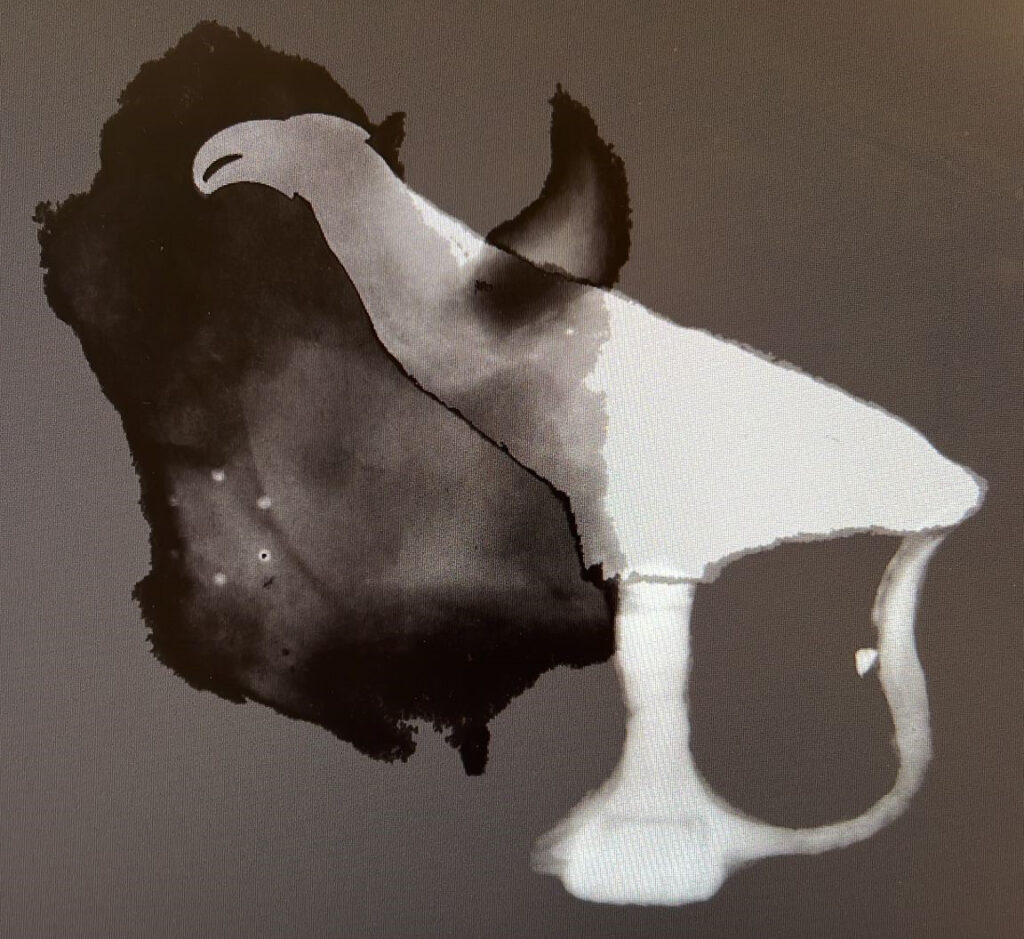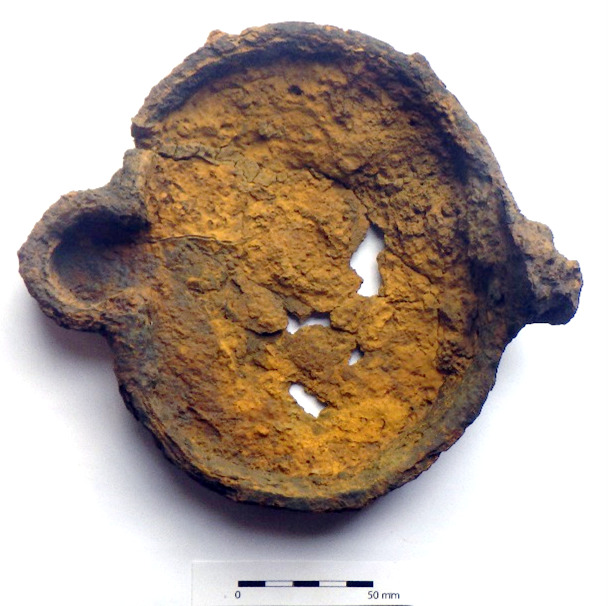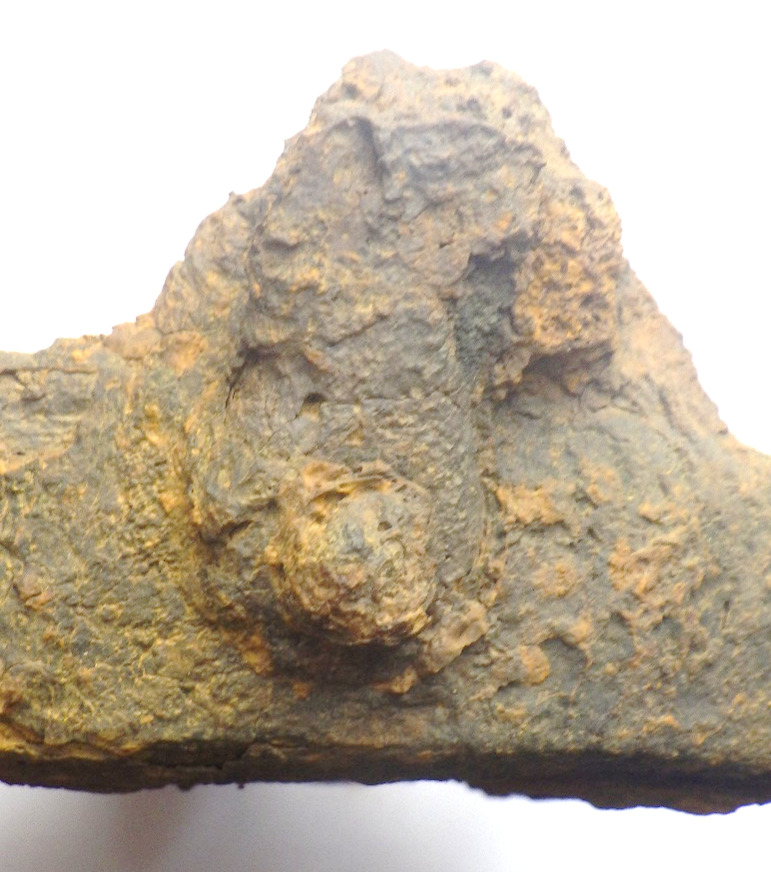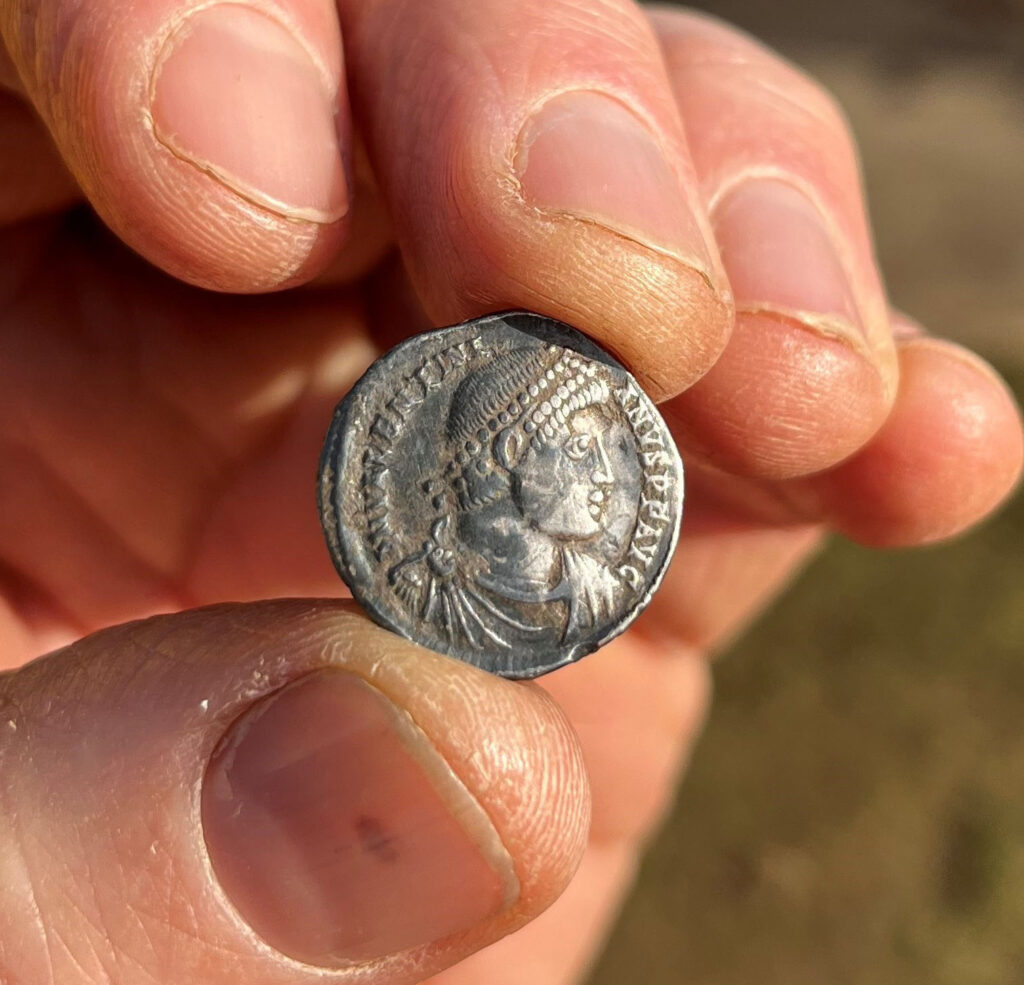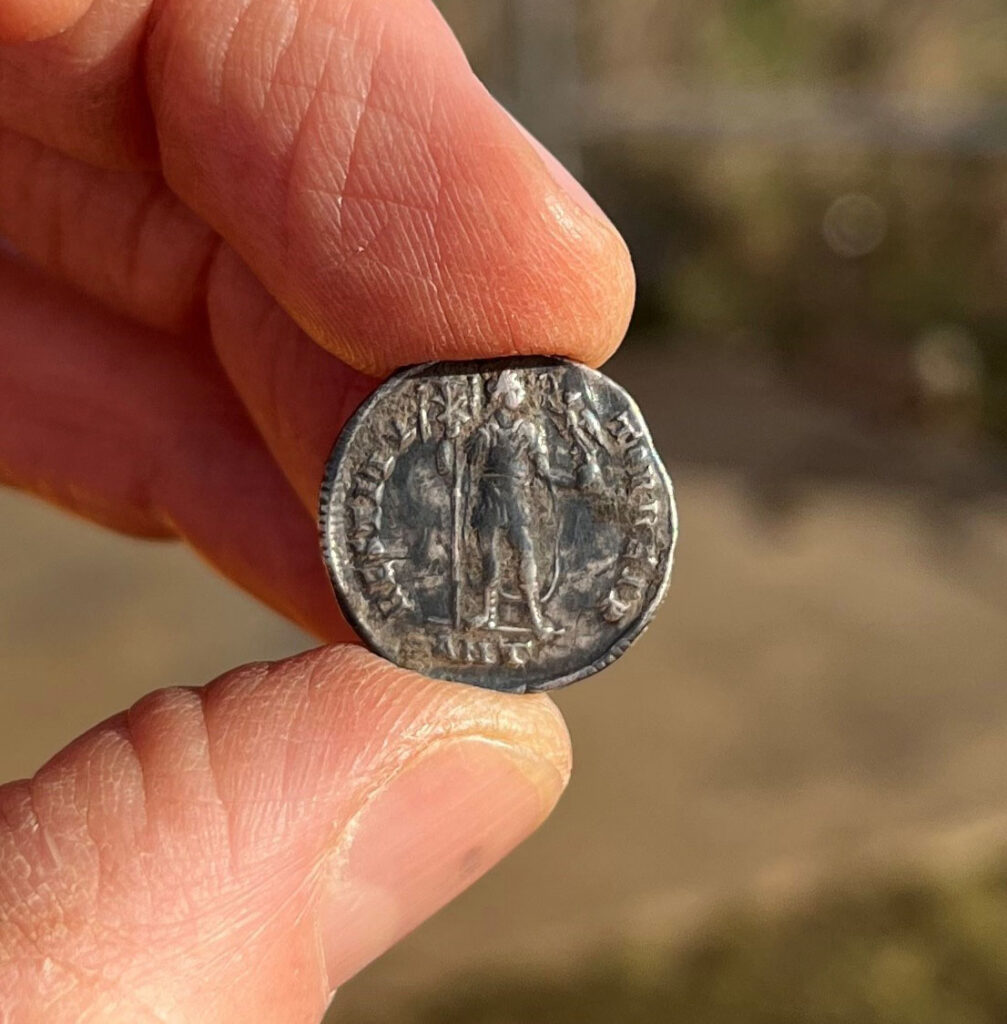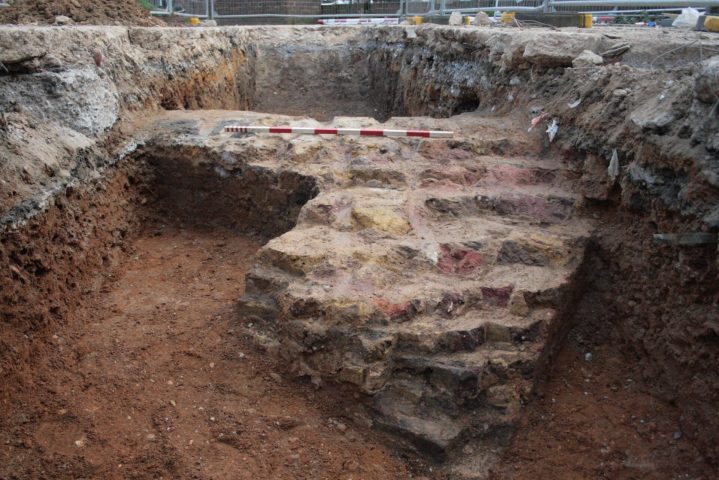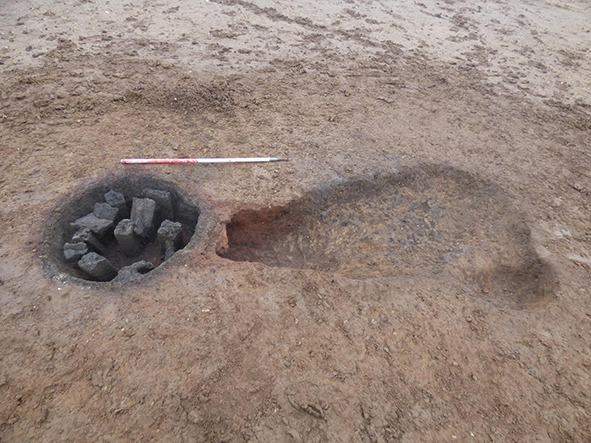The Spring London Archaeological Forum will take place in person and online at UCL Institute of Archaeology’s lecture theatre in Gordon Square on Monday 22nd May 2023 following the CBA London Annual General Meeting.
If you plan to come along in person, registration is required via Eventbrite here:
or contact Becky Wallower (becky.wallower@dial.pipex.com) by 12 noon on the 22nd May.
You can also sign up to attend online via Zoom on the Eventbrite site.
There will be an excellent line-up of presenters with interesting topics:
Kathy Davidson, supervisor at PCA, will discuss recent excavations at Newgate Street, an important Roman to post-medieval site largely excavated during the 1970s by the Department of Urban Archaeology that has been subject of further recent excavations. How has our understanding and analysis developed?
Ian Hogg is a Senior Archaeologist at Archaeology South-East within UCL. In his talk ‘Waste and Wasters: Industrial and domestic deposition at the Priory of St John, Clerkenwell’ he will discuss the findings from Benjamin Street which once lay within the outer precinct of the Hospitaller Priory. The high level of preservation allows a glimpse of both daily life at the Priory and industries taking place around it.
Roy Stephenson, well known in senior roles at Museum of London, will be talking on Netflix’s ‘The Dig’ and Rebecca Stott’s novel ‘Dark Earth’. His overview will concentrate on advice he’s provided to film producers and an author about archaeology and artefacts, and he’ll consider insights into how film companies operate that might be useful to museums.
It’s all free, of course, and we hope to see you at 6pm on the 22nd May – if you come along, you’ll be able to catch up with others when we adjourn to the pub afterwards.

